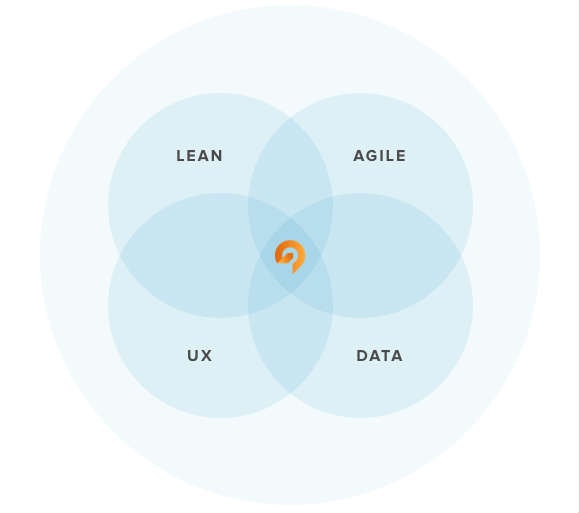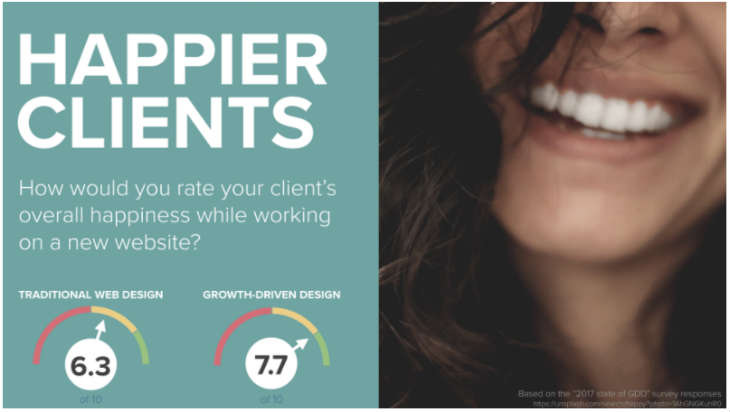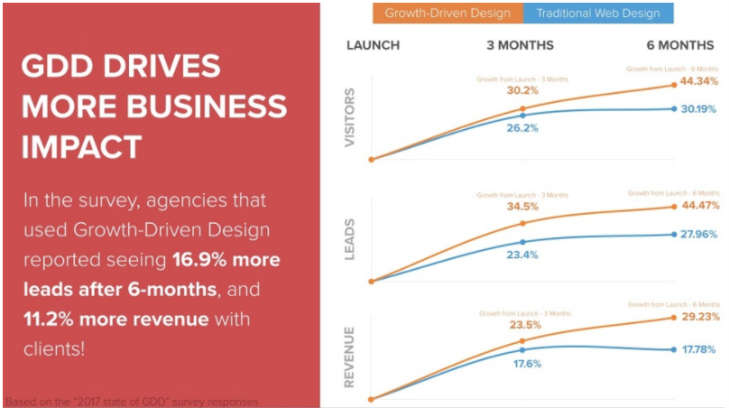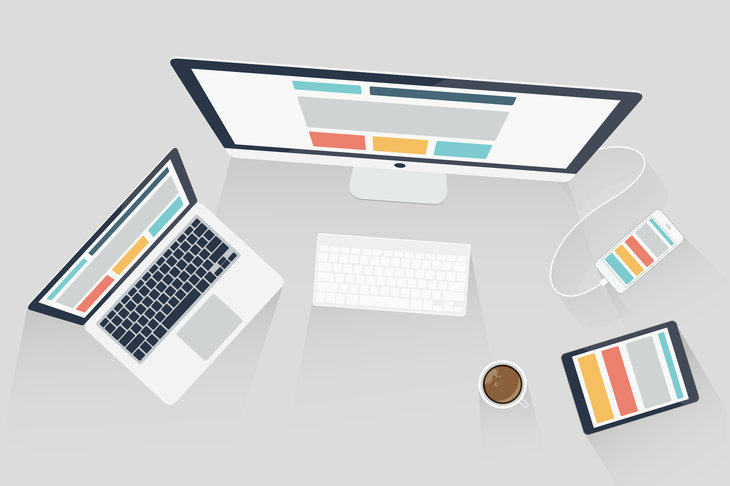
Get weekly
HubSpot updates
In days gone past, web design was often a long and drawn out process, where every possible feature was considered, planned for and then rigidly built into a site, with no room for flexibility. However, Growth-Driven Design has risen to challenge that, taking on board lean and agile principles to create a new approach to website design.
What is Growth-driven Design?
Growth-Driven Design utilises a three stage process.
First, a strategy is planned out, analysing customers, working out business goals, and identifying design challenges. This stage ensures that everyone is aware of the goals of the project, and objectives are clearly set out, avoiding time-consuming revaluations at a later date.
The second step is to create a launchpad website, a basic website that is launched quickly, but still represents an improvement over what existed before. It focuses on prioritised improvements, based on the strategy and objectives, targeting the areas of the site where additional effort will have the greatest impact. The 80-20 rule should be considered here, identifying the 20% of features that offer 80% of the benefit.

"The Growth-Driven Design Methodology combines Lean and Agile principles into a highly effective data-driven web design process." — GrowthDrivenDesign.com
The third, and final step, is to make incremental improvements based on customer data gained from the launchpad website to better serve customer needs and drive leads and conversions. This is then repeated, with further analysis and improvements, keeping the website constantly evolving to satisfy the initial objectives set out in the website strategy.
That covers the process, but what are the main benefits of Growth-Driven Design? Let’s take a look at some of the benefits this new web design philosophy provides.
Quick to launch
One of the primary advantages over more traditional web design is the speed at which you can have your new website up and running. By focusing on getting a launchpad site completed first, with only the business-critical functions implemented you can have a new look site up and collecting data much faster than with a traditional, more comprehensive website build.

Growth-driven Design gets your website up and running much quicker than traditional design, via GrowthDrivenDesign.com
Quicker to collect data
The next benefit of Growth-Driven Design is that it allows you to begin collecting customer data about your new website quicker. You’ll be able to analyse how they are interacting with the site, where they are converting, and which elements of the basic launchpad site are working well.
Whereas traditional design would have you waiting longer before the launch of your site for all the functionality to be added, with Growth-Driven Design you can begin optimising the website quicker, as well as identify which areas you should be focusing on for improvement in future development sprints.
Continual refinement
Growth-Driven Design is built around the idea of making further optimisations after the site is launched. Rather than having an agreed upon end-point as in traditional web design, GDD plans to have development and design resources available to make these refinements, based on the data collected from the launchpad website, as well as the business goals.This means you can prioritise refinements, plan out the direction of the website, and adapt based on collected data or changes in priority, rather than being locked into a long-term plan with a more inflexible website and web strategy.
Designing around your customers
As mentioned in a previous point, growth-driven design allows you to start collecting data from your customers on your launchpad site more quickly and, in addition, it leaves resources available to be invested into improvements and additional functionality based on that data.
 Clients are more satisfied with the GDD process compared with traditional web design, via GrowthDrivenDesign.com
Clients are more satisfied with the GDD process compared with traditional web design, via GrowthDrivenDesign.com
By designing around your customers you can look to provide them with the services and information they need, focusing on the areas that are more likely to draw in new leads for the business, and increase revenues.
Better cooperation with developers and designers
Unlike traditional web design, GDD keeps developers and designers involved in the project for longer as they work through continual optimisations to the website. In traditional web design, the site would often be considered ‘complete’ once it was launched, and the development and design teams would ‘hand over’ the site and move on to another project. With Growth-Driven Design they are engaged after the launch of the website, creating new functionality for the website. This means there is more communication, which helps to get bugs fixed and issues on the site dealt with more quickly.
Flexibility with budgets
Growth-Driven Design is also a more flexible in terms of budget.Rather than the traditional method of paying for the entire website, something that can be extremely costly, Growth-Driven Design focuses on getting a cheaper launchpad website ready first, then undertaking additional work after that. This modular approach lets you keep charge of your budget as you can make decisions about which areas you’d like to focus on based on the predicted cost effectiveness of any changes you make.
Keep ahead of your competitors
In traditional web development a business would have their entire website redesigned on average once every two to three years. In the gap after launch to the release of a new website, changes can be much harder to implement, and leaves them playing catch-up on the latest trends in the industry.

The Business impact of GDD, via GrowthDrivenDesign.com
Growth-Driven Design removes this issue with its greater flexibility, allowing a site to quickly adapt. This keeps you one step ahead of your competitors and ensures that your website can benefit from the latest trends and innovations, whereas competitors using traditional web design will have to wait until their next expensive redesign.
These points show just some of the reasons why Growth-Driven Design can be an excellent choice for a business looking to develop a new website. It provides a large amount of flexibility, something that is increasingly important when dealing with the ever-changing world of business. Additionally, it gets rid of some of the main issues that you faced with traditional methods of web design, such as the high upfront costs, slow development cycles, and difficulty in adapting.
At Klood Digital, we’d recommend you seriously consider a Growth-Driven Design based approach when having your next website developed.

